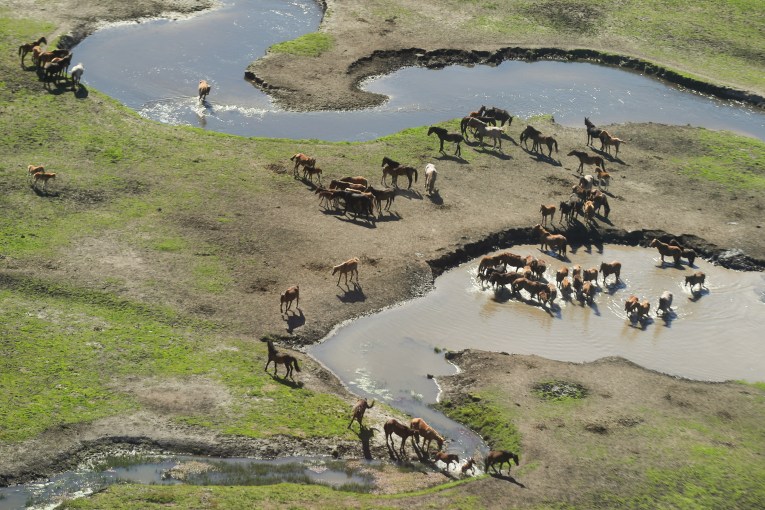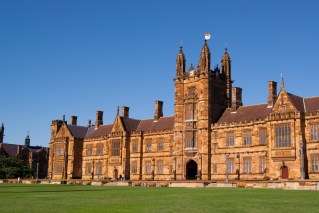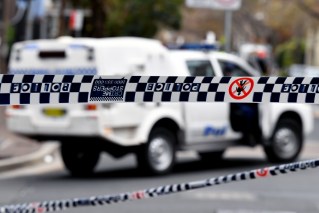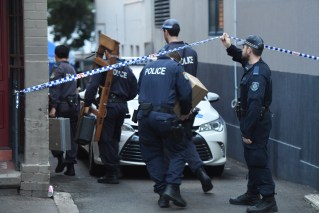Rental vacancies in Sydney hit record high, rents likely to keep slipping
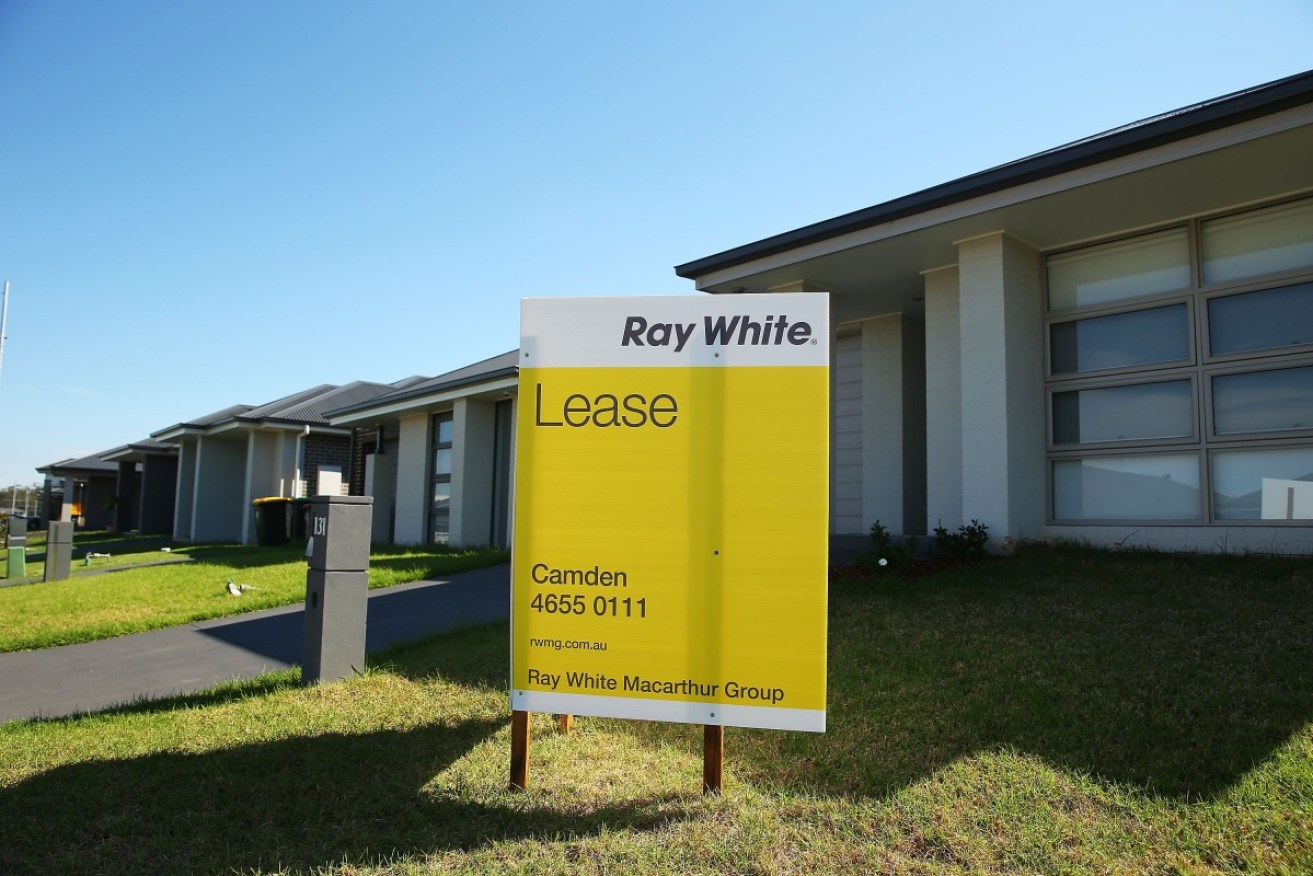
Sydney's 2.8 per cent vacancy rate was still only the fourth highest among Australian capitals. Photo: Getty
Sydney renters have the greatest choice in at least 13 years, with vacancy rates at the highest level on records that go back to 2005.
Property analysis firm SQM Research compiles monthly rental vacancy figures, which show 2.8 per cent of Sydney’s rental properties were sitting empty in June.
That is up from 2.5 per cent in May and is the highest level since SQM started recording the data in 2005.
SQM’s managing director Louis Christopher said there is a typical seasonal rise in rental vacancies early in winter, but these figures were much worse than usual.
I think this is the only time in my career that I can say with certainty that Sydney is now a buyer’s and a renter’s market, simultaneously,” he said.
Mr Christopher said the city had been flooded with a large supply of new apartments at the same time as population growth was easing slightly as many people moved to cheaper cities and regions.
“Sydney rents are now down for the year and it is likely rents will continue to slip as there is still a lot of supply coming in the pipeline,” he observed in the report.
“I believe Sydney will shortly record a fall in its population growth rate due to a relatively recent steep rise in interstate migration towards Queensland.”
That shift may be partly reflected in a slight fall in Brisbane vacancies over the past year from 3.6 to 3 per cent.
Perth and Darwin also continued to have worse rental vacancy rates than Sydney, at 4.1 and 3.5 per cent respectively.
However, Perth’s vacancy rate has improved from 5.4 per cent in June last year.
Melbourne and Adelaide both had vacancy rates well below 2 per cent, while less than 1 per cent of rental properties are vacant in Canberra and Hobart.
Rents move down as vacancies rise
Sydney was the only capital city to record a fall in asking rents over the past year, with houses down 2.2 per cent and units down 0.1 per cent.
However, the nation’s biggest city still has the highest asking rents, at $709 for houses and $522 for units.
Canberra recorded the strongest rise in rents, with houses in the nation’s capital typically costing $631 a week and units $440, up 13 and 6.6 per cent respectively over the past year.
Hobart also had very steep rent rises, given its extremely low vacancy rate, with house rents up 8.5 per cent to nearly $400 a week, while units jumped 10.4 per cent to $347 a week.
Asking rents did not move too much in most other cities, with the national average rent rise over the past year sitting at 0.5 per cent for houses and 0.9 per cent for units.
Official Bureau of Statistics data from the March quarter showed rents rising at an annual pace of 0.8 per cent, nationally, up from a record low of 0.5 per cent in the September quarter last year but still well down on typical levels.
Widespread vacancy increase in Sydney
The increase in Sydney vacancies is not restricted to a few regions, and includes some areas that traditionally have very low vacancy levels.
The eastern suburbs region, for instance, has seen its rental vacancy rate jump to 3.1 per cent from typical levels below 2 per cent over recent years.
The lower north shore area has a much higher vacancy rate of 4.1 per cent, following a recent steep rise.
Vacancy rates in the Hills District have roughly doubled over the past two years to 4.9 per cent.
Kellyville leads the way in that area, with the suburb recording a rental vacancy rate of 7.1 per cent, while 6.9 per cent of rental homes sit empty in nearby Box Hill.
SQM’s calculations are based on online rental listings that have been advertised for three weeks or more compared to the total number of established rental properties.
